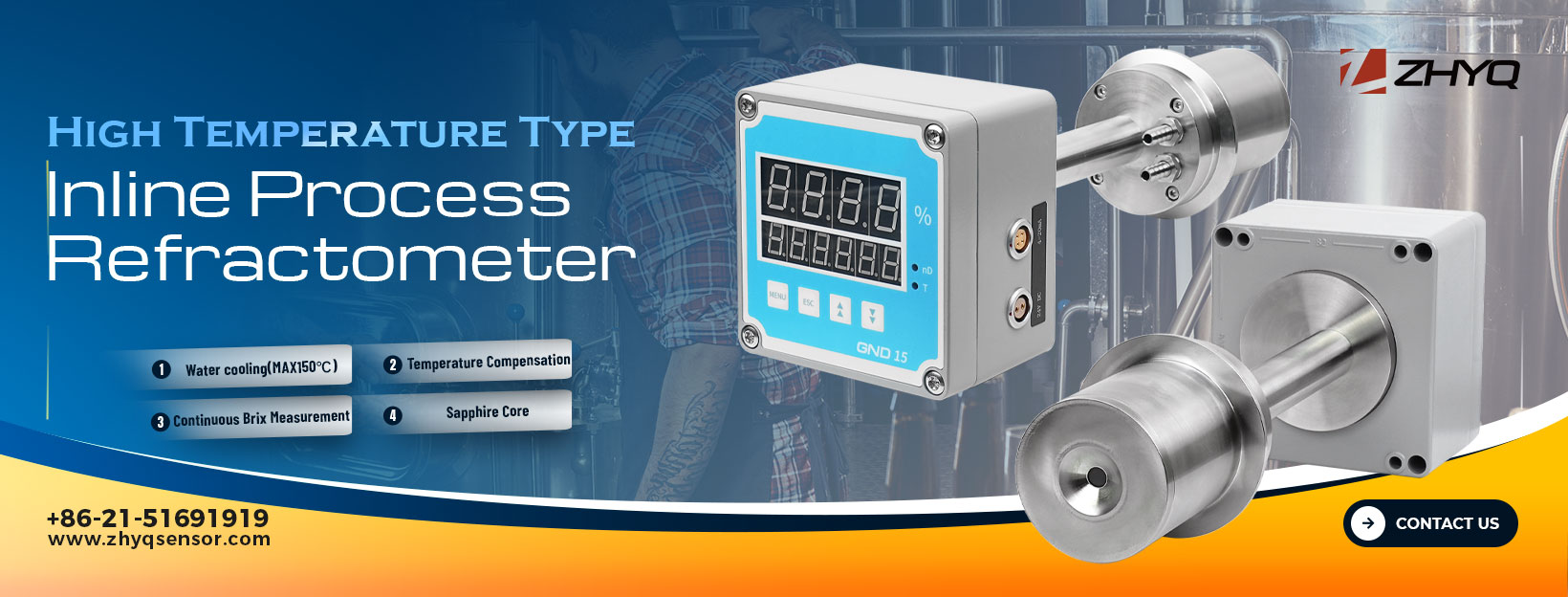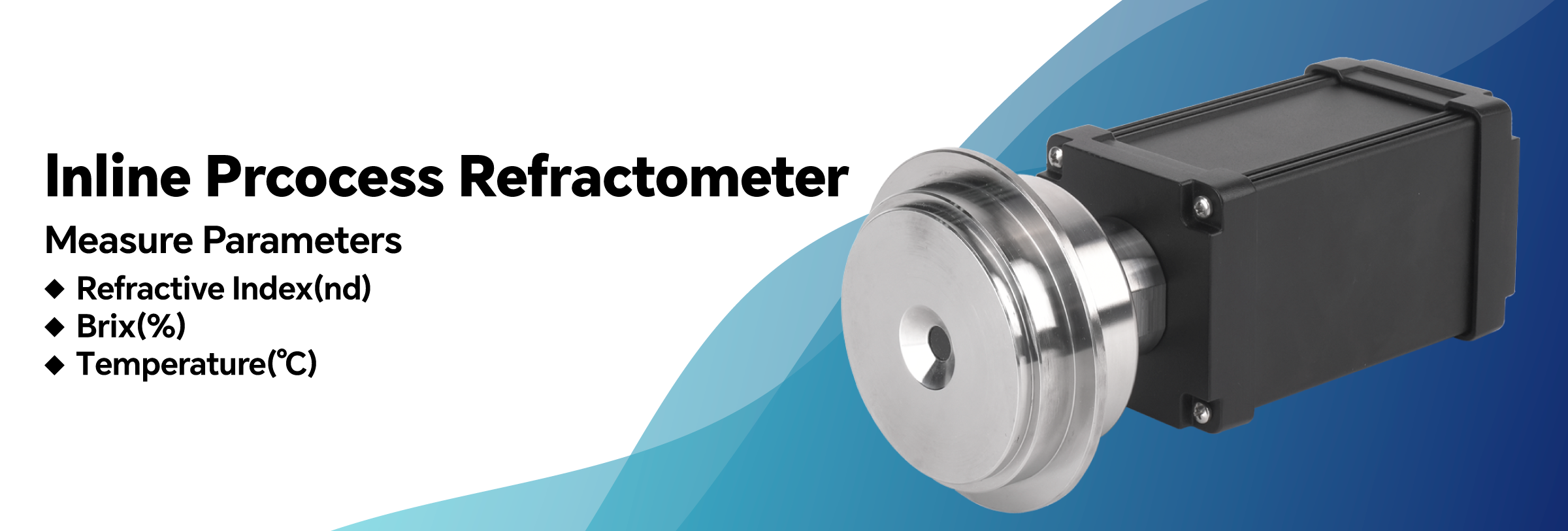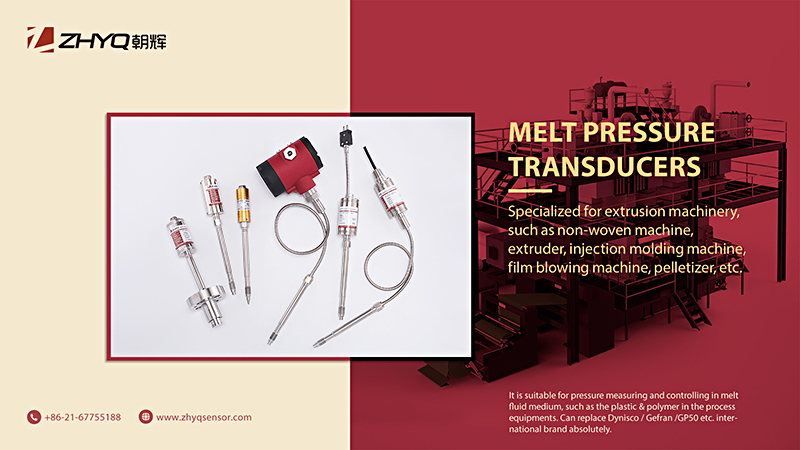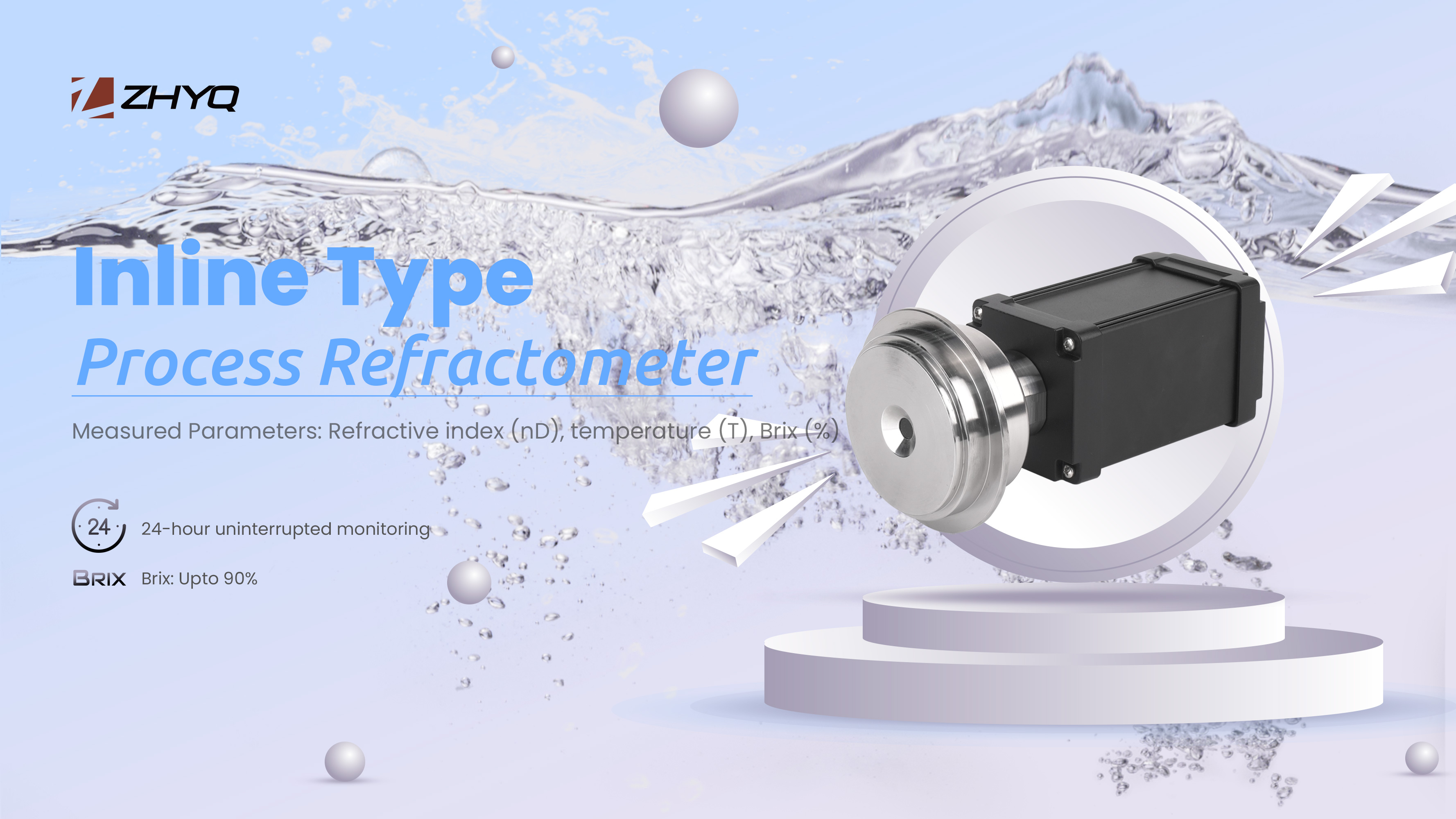
- Pressure Sensor, Pressure Transducer, Pressure Transmitter


- 2023-07-07
- Zhyq
- 102
In-Line Process Refractometer in Craft Beer & Brewing Process
Brewing is the term that used for beer production process. Beer is commonly made from cereal grains through malting, boiling, fermenting, filtering and conditioning process. Malting and fermenting process are both key steps to determine taste and quality of the beer that’s made. In-line process refractometer plays very important role to control and improve beer quality from these steps by providing real-time measurement of concentration. It is normally installed either on the tank, vessel or pipework. In-line process refractometer detects soluble solid content by measuring refraction ratio. At different processing steps, the refractometer can be pre-calibrated to display measurement of Plato, Brix, Balling or mass concentration percentage.
Below is a list of installation location, application and cleaning requirement of In-line process refractometer from different steps of brewing process.
- In mash copper, malt and water are heated to a boil, where natural acids convert insoluble starch and protein into a soluble malt extract called “Wort”.In-line process refractometer is normally installed on the outlet pipe of mash copper to monitor wort concentration at a consistent percentage. It is recommended to use compressed air or automatic prism cleaning device (use pressurised water) for general maintenance.
- In wort filtering tank, malt hulls are filtered, then mixed with hops and sugar and pumped into boiling pot. Water is used to clean malt in this step, so the concentration of wort will gradually decrease. Excessive use of water in this process can cause over reductionin In-line process refractometer can provide real-time monitor and work with control system to shut down valves from water supply line to avoid excessive water addition to wort. It is recommended to use compressed air or automatic prism cleaning device (use pressurised water) for general maintenance.
- In boiling tank, mixture of wort, hops and sugar are boiled to add flavour of hops and bitterness to the wort solution. Certain wort concentration needs to be achieved to gain the special taste of beer. Thisstep is crucial to quality and taste of beer. In-line process refractometer can be installed directly on the boiling tank to measure real-time concentration of wort. Data will be sent through output signals to PLC or DCS for central control. From the data measured, it can also help operator to optimize boiling time and improve and stabilize beer quality.
- After boiling, the hop wort is pumped into the hop settling tank to remove unwanted hop residues and insoluble proteins.In-line process refractometer is normally installed on the outlet pipework of boiling tank for concentration monitoring.
- In cooler, after the wort is cooled, yeast is added and pumped into the fermenter.In-line process refractometer is normally installed on the outlet pipework of boiling tank to monitor wort quality.
- In the fermenter, yeast breaks down the sugars fromwort into alcohol and carbon dioxide, and then it takes dozens of days to mature. In-line process refractometer is generally installed on the tank to monitor change of concentration. Hence to control the conversion, fermentation and alcohol content percentage.
- Filtration and packaging are the last quality check chance as the last two steps of the whole process.For final quality and taste control, in-line process refractometer can provide concentration measurement on the outlet of both tanks. This is an important step specially for manufacturers with different types of beer in their production line.
As a revolutionary concentration measuring instrument, in-line process refractometer provides beer manufacturers a more reliable and cost-efficient method in concentration control and management in their production line. It will also improve their beer taste and quality to a higher level with precision control of wort concentration.
Leave Your Inquiry
Your email address will not be published. Required fields are marked *


